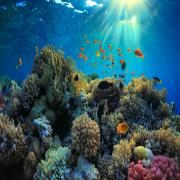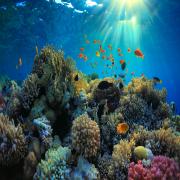New method to differ and quantitate As(V) from As(III) in aquatic medium in order to study bacteria's potential for arsenic bioremediation
In collaboration with Prof. Micha Ilan, School of Zoology, TAU
In collaboration with Prof. Micha Ilan, School of Zoology, TAU
Arsenic is known as a very toxic metalloid which can severely pollute groundwater, with devastating effects on human population. T. swinhoei is a sponge aquatic organism that contains a variety of microorganisms inside its body. It also contains high concentrations of Arsenic (As) in its body.
It is our belief that some bacteria, harbor inside the sponge body, is tolerant for arsenic high concentrations and even use it as an energy source. This bacteria may perform a bioremediation process on arsenic from As(V) to As(III) and vice versa.
A new HPLC-MS method is developed in order to differ the As(V) chemical species from the As(III) chemical species. This method is able to separate both species, giving the opportunity to study if a bioremediation is executed by a bacteria. This method might be the basis for more developed and sensitive methods, allowing to investigate arsenic species in all kind of aqueous phases, including drinking water and groundwater.



